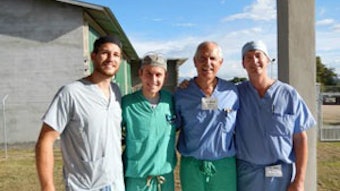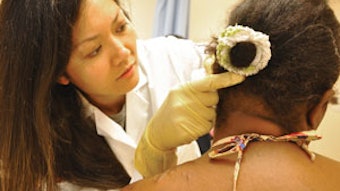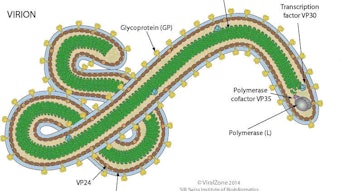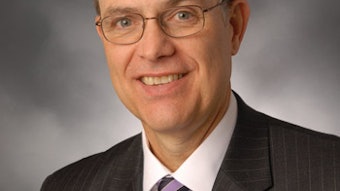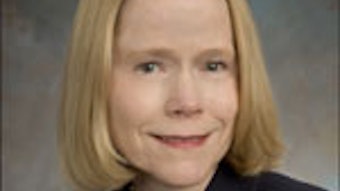CPT Changes for 2015: What ENTs Need to Know
As the medical community has come to expect, part of the annual rulemaking process conducted by the Centers for Medicare & Medicaid Services (CMS) includes the new and modified CPT codes, developed by the American Medical Association’s (AMA) Current Procedural Terminology (CPT) Editorial Panel.
A new year means new codes. They are summerized here:
What ENTs Need to Know
As the medical community has come to expect, part of the annual rulemaking process conducted by the Centers for Medicare & Medicaid Services (CMS) includes the new and modified CPT codes, developed by the American Medical Association’s (AMA) Current Procedural Terminology (CPT) Editorial Panel. In addition, CMS includes new, or updated, values (also known as relative value units [RVUs]) for medical services that have undergone review by the American Medical Association’s Relative Update Committee (AMA RUC). CMS has the discretion to accept the RUC’s RVU recommendations for physician work, as well as recommendations for direct practice expense inputs, or it may exercise its administrative authority and elect to assign a different value, or practice expense inputs, for medical procedures paid for by Medicare. The final value, as determined by CMS, is then publicly released in the final Medicare Physician Fee Schedule (MPFS) rule for the following calendar year.
The Academy is an active participant in both the AMA RUC valuation of otolaryngology-head and neck services, and the CMS annual rulemaking processes. As part of those efforts, we ensure that members are informed and prepared for key changes to CPT codes and valuations related to otolaryngology-head and neck surgery. The following outlines a list of coding changes, including new and revised CPT codes, as well as codes that were reviewed by the AMA RUC and could have modified Medicare reimbursement values for 2015.
New Codes
In CY 2015, a new CPT code and/or deleted CPT codes will be announced, including:
- One new code to report Endoscopic Zenker’s Diverticulum (43180).
- Deletion of three Eustachian tube codes (69400, 69401, and 69405). To report the work of 69400 or 69405 an unlisted code, 69799, is recommended. For 69401, the appropriate Evaluation and Management office visit code is recommended. For more, visit our Coding Corner to access the CPT for ENT on this topic.
Codes Reviewed by the AMA RUC in CY 2014
In addition to the creation of several new CPT codes for 2015, a number of existing CPT codes relating to otolaryngology were reviewed by the AMA RUC, and their RUC approved values were submitted to CMS for final determination for the CY 2015 final rule. Members should be prepared for modified relative value units for some or all of these procedures in CY 2015. Services that were reviewed include:
92541: Spontaneous nystagmus test, including gaze and fixation nystagmus, with recording
92542: Positional nystagmus test, minimum of four positions, with recording
92543: Caloric vestibular test, each irrigation (binaural, bithermal stimulation constitutes four tests), with recording
92544: Optokinetic nystagmus test, bidirectional, foveal, or peripheral stimulation, with recording
92545: Oscillating tracking test, with recording
10021*: Fine needle aspiration; without imaging guidance
30903*: Control nasal hemorrhage, anterior, complex (extensive cautery and/or packing) any method
30905*: Control nasal hemorrhage, posterior, with posterior nasal packs and/or cautery, any method; initial
31295*: Nasal/sinus endoscopy, surgical; with dilation of maxillary sinus ostium (e.g., balloon dilation), transnasal or via canine fossa
31296*: Nasal/sinus endoscopy, surgical; with dilation of frontal sinus ostium (e.g., balloon dilation)
31297*: Nasal/sinus endoscopy, surgical; with dilation of sphenoid sinus ostium (e.g., balloon dilation)
41530*: Submucosal ablation of the tongue base, radiofrequency, one or more sites, per session
30300*: Removal foreign body, intranasal; office type procedure
30906*: Control nasal hemorrhage, posterior, with posterior nasal packs and/or cautery, any method; subsequent
40804*: Removal of embedded foreign body, vestibule of mouth; simple
42809*: Removal of foreign body from pharynx
69200*: Removal foreign body from external auditory canal; without general anesthesia
69220*: Debridement, mastoidectomy cavity, simple (e.g., routine cleaning)
92511*: Nasopharyngoscopy with endoscope (separate procedure)
*Only practice expense inputs reviewed by the RUC in 2014, physician work was not surveyed or discussed for these codes.
Health Policy staff will provide members with a detailed summary of CMS approved values for the above services after they are issued in the 2015 final MPFS. Should members have any questions regarding the above information in the meantime, please contact the Health Policy team at http://www.entnet.org/content/practice-management-tool.
